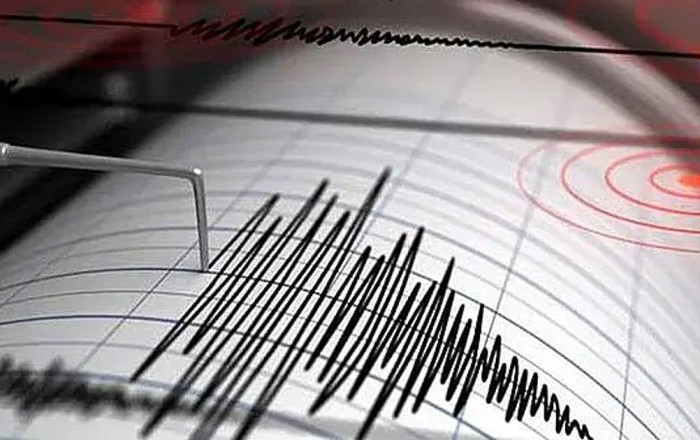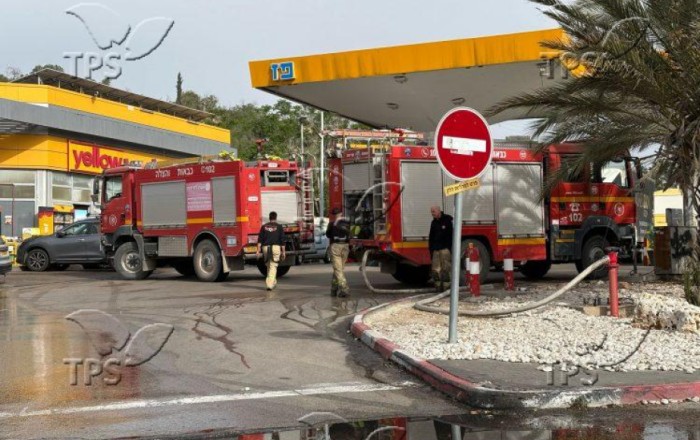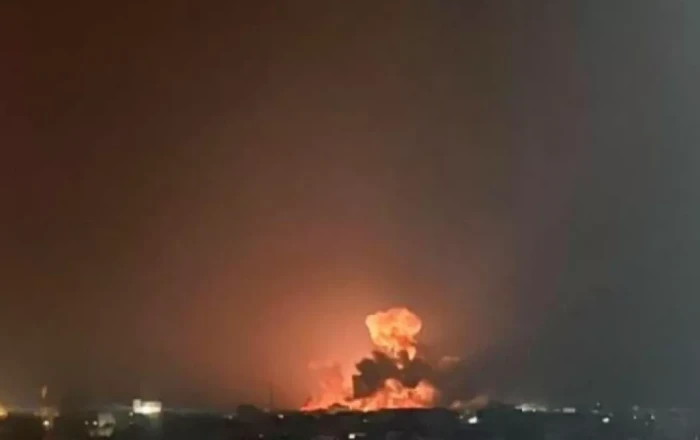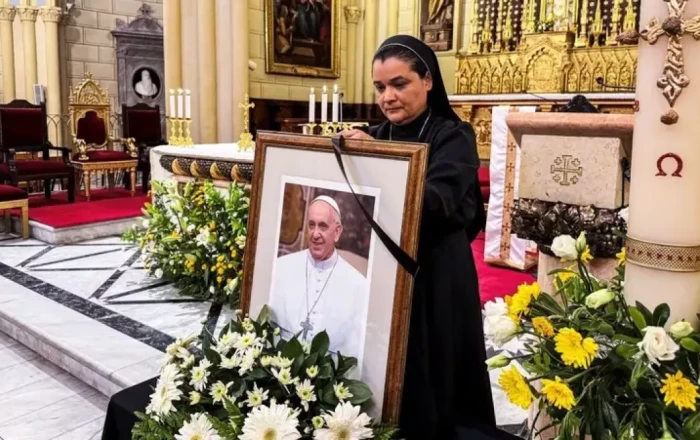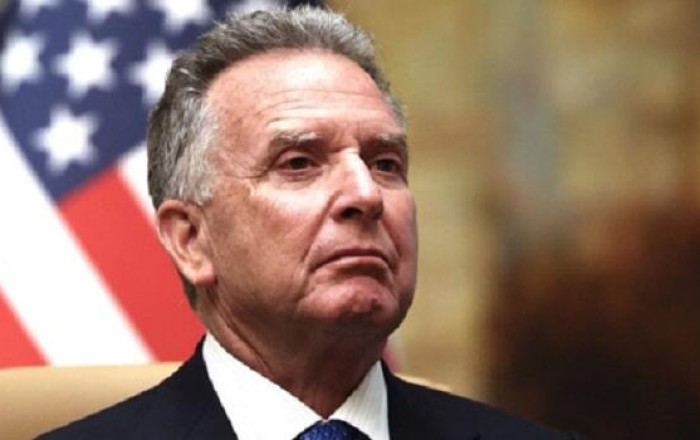Hamas has announced its readiness to release all detainees it holds — both Israeli hostages and Palestinian prisoners — if Israel halts its military offensive in Gaza, withdraws all troops, lifts the blockade, and allows for the reconstruction of the territory.
The statement came from Khalil al-Hayya, a senior Hamas official in Gaza, Caliber.Az reports via foreign media. Al-Hayya was responding to what he described as “partial” ceasefire proposals from Israel, which he said would only result in renewed hostilities once the temporary truce expired.
“We reject any piecemeal ceasefire deals that would allow Israel to resume attacks on Gaza after the expiration of a proposed truce,” said al-Hayya. “We are prepared to immediately begin negotiations on a comprehensive package that includes the release of all prisoners in exchange for a full cessation of attacks, total withdrawal from Gaza, the start of reconstruction, and the lifting of the blockade.”
Al-Hayya welcomed recent remarks by Adam Boehler, the US special envoy for hostage affairs, who expressed support for ending the conflict and releasing all prisoners. Al-Hayya said Boehler’s comments were aligned with Hamas’ vision for a comprehensive and lasting resolution.
Israel and Hamas previously agreed to a ceasefire on January 19, 2025, as part of a deal that involved the partial release of hostages, the resumption of humanitarian aid, and the return of displaced Palestinian residents to their homes. During the initial phase, Hamas freed 33 hostages, 25 of whom were alive. However, it is believed the group still holds 59 hostages, although the status of many remains unknown.
The initial phase of the agreement was designed to last 42 days, ending on March 1, with an expectation that a second phase—focused on releasing the remaining hostages in exchange for a full Israeli withdrawal and a permanent ceasefire—would be negotiated. However, no progress was made toward that goal.
Instead, Israel and the United States proposed extending the first phase of the ceasefire, but without providing firm guarantees that hostilities would not resume. Hamas rejected the offer, holding firm to its position that any continued truce must include a complete end to military operations and Israeli presence in Gaza.
On March 18, following the breakdown in talks, Israel resumed its airstrikes across Gaza, accusing Hamas of stalling negotiations. The Israeli military also relaunched its ground operations and re-entered the Netzarim Corridor—a strategic military zone that runs from northern to southern Gaza, effectively splitting the enclave in two.
As a temporary solution, US Special Envoy for the Middle East, Steven Witkoff, proposed an extension of the first-phase ceasefire through mid-April. The move was intended to give both sides time to return to negotiations and to allow both Palestinians and Israelis to observe their respective religious holidays—Ramadan and Passover—in peace.
Israel accepted the proposal in principle but made it conditional: the release of all remaining hostages, alive or dead, had to occur before it would agree to suspend military operations.
Despite the limited diplomatic progress, Israeli officials have consistently reiterated that their objective is the complete dismantlement of Hamas. Analysts have pointed out that Israel has shown little intention of adhering to earlier commitments regarding troop withdrawals.
Hamas, for its part, continues to view the hostages as its strongest leverage in any negotiation. The group has refused to make additional releases without securing the full terms of the original deal—namely, an end to Israel’s military campaign and a commitment to reconstruction and sovereignty for Gaza.
By Tamilla Hasanova
Source: caliber.az




